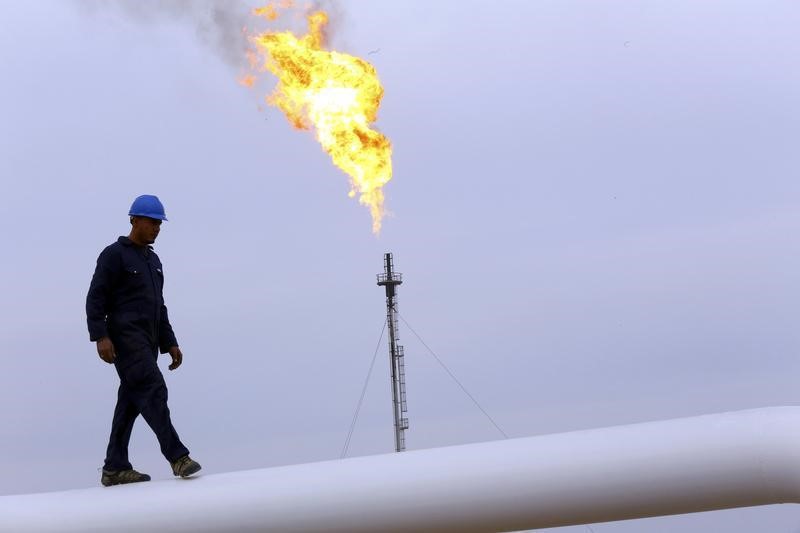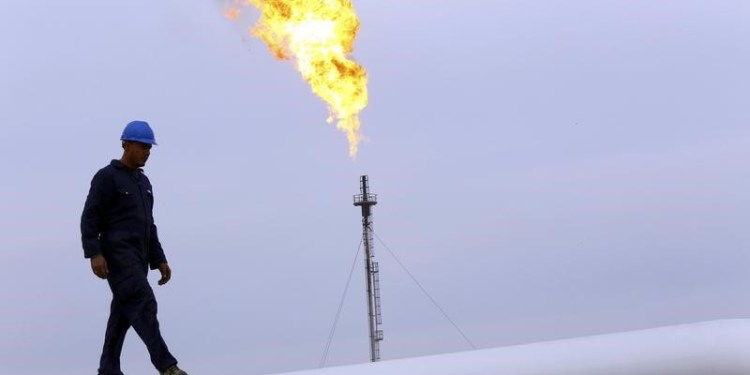
© Reuters.
LCO
+1.42%
Add to/Remove from Watchlist
Add to Watchlist
Add Position
Position added successfully to:
Please name your holdings portfolio
Type:
BUY
SELL
Date:
Amount:
Price
Point Value:
Leverage:
1:1
1:10
1:25
1:50
1:100
1:200
1:400
1:500
1:1000
Commission:
Create New Watchlist
Create
Create a new holdings portfolio
Add
Create
+ Add another position
Close
CL
+1.60%
Add to/Remove from Watchlist
Add to Watchlist
Add Position
Position added successfully to:
Please name your holdings portfolio
Type:
BUY
SELL
Date:
Amount:
Price
Point Value:
Leverage:
1:1
1:10
1:25
1:50
1:100
1:200
1:400
1:500
1:1000
Commission:
Create New Watchlist
Create
Create a new holdings portfolio
Add
Create
+ Add another position
Close
GPR
+1.60%
Add to/Remove from Watchlist
Add to Watchlist
Add Position
Position added successfully to:
Please name your holdings portfolio
Type:
BUY
SELL
Date:
Amount:
Price
Point Value:
Leverage:
1:1
1:10
1:25
1:50
1:100
1:200
1:400
1:500
1:1000
Commission:
Create New Watchlist
Create
Create a new holdings portfolio
Add
Create
+ Add another position
Close
By Barani Krishnan
Investing.com — Against the odds, oil bulls coasted to a second straight week of gains that sharply pared losses forced by the U.S. banking crisis two weeks ago. Yet, they fell short of turning March into a positive month, and took an even bigger hit for the quarter.
By 11:30 ET (15:30 GMT), New York-traded West Texas Intermediate, or WTI, crude was at $74.98 per barrel, up $1, or 1.3%, on the day, after a session high of $75.50 that marked a two-week peak. For the week, WTI was up about 8.5%.
For the month though, the U.S. crude benchmark was off about 2.5%, while for the quarter, it showed a loss of more than 6%.
London-traded Brent crude hovered at above $79, up about 1% on the day and around 7% higher on the week. For the month, the global crude benchmark was down almost 5% and for the quarter, it showed a loss of nearly 7%.
“Oil prices are continuing to gradually recover but remain way off pre-banking mini-crisis levels,” said Craig Erlam, analyst at online trading platform OANDA.
“The prolonged economic scarring of the last month will likely slow the economy, if not cause a recession,” Erlam said, adding that the recovery may be slow as inventors learn of the longer-term consequences from this month’s banking crisis, with lower interest rate expectations unlikely to help much.
Notwithstanding those concerns, this week’s gains in oil were supported by bullish demand data on both crude and gasoline.
Crude prices could also see further support next week from a meeting of producer group OPEC+ — which has been orchestrating market support in recent months with words more than the production cuts it promised.
OPEC+ — an alliance of the 13-member Saudi-led Organization of Petroleum Exporting Countries and 10 independent oil producers steered by Russia — is supposed to be practicing a daily output cut of two million barrels. But overproduction by the group is reported commonly, with the refrain being that the market is still balanced.
Headlines out of Moscow last week said Russian crude production fell by 300,000 barrels per day in the first three weeks of March, to 9.78M barrels per day. That was, however, still below the 500,000 bpd cut pledged by the Kremlin.
Russia’s “fire-sale” of its Urals crude — at $60 a barrel or lower, in compliance with Western sanctions related to the Ukraine war — has been cited as one of the reasons for the inability of the oil market to command a constantly high price for WTI and Brent. Major crude buyers such as India and China have sourced cheap supplies from Russia for months now and cut back on pricier supply from other oil producers, including Saudi Arabia.
Source: Investing.com



























